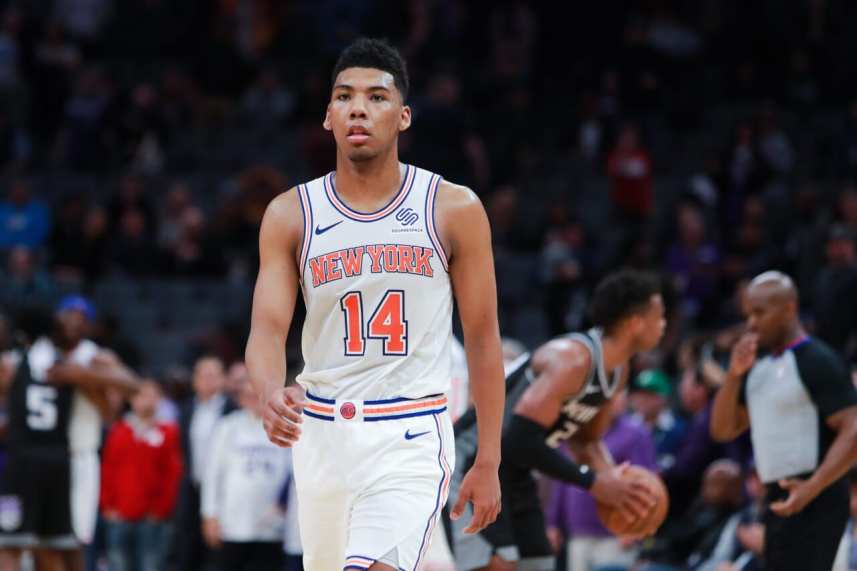
The New York Knicks capitalized on a plan during free agency, it just may not have been the ‘Plan A’ fans had hoped for. The Knicks made it a mission to get bigger as a roster, and it was the right choice looking ahead.
Saying that the New York Knicks went “big” in the offseason carries a lot of meanings, but the initial meaning or perhaps the preferable one was not the reality Knicks fans likely wished for. No, New York did not sign the likes of Kevin Durant or Kyrie Irving in the summer despite the supposed clairvoyance of owner James Dolan. That was likely Plan A, but Plan B can be just as impactful.
Plan B meant that when the Knicks couldn’t figuratively go “big” in the figurative sense by signing the star free agents, instead they went big in the literal sense of the word. At the start of free agency, New York and Julius Randle, a 6-9 forward, agreed to terms on a three-year $63 million deal.
In the ensuing roster additions, the Knicks signed the likes of Taj Gibson (6-10 power forward), Bobby Portis (6-11 forward), and finally Marcus Morris, another power forward who spent his recent seasons in the Atlantic Division with the Boston Celtics. Three big men acquisitions to add to the likes of Kevin Knox and Mitchell Robinson, who were already on the roster.
By the eye test alone, those summer moves seemed to correlate with the typical Knicks logic that has kept them in a rebuild mode for years. But in hindsight, could New York actually be onto something here?
Ever since the three-point revolution, the general consensus has been that the NBA is transitioning to a smaller and faster style of play. An immediate result of the change has been the increased value at the wing position, and your so-called “three-and-D” type of players have become a luxury for all rosters.
Having a player that can shoot the three while also defend the perimeter on the other end has seemingly become a mandatory ingredient to a championship-contending team (see Danny Green with the Toronto Raptors).
So understandably, critics were quick to point out the flaws in the Knicks’ free-agent moves in the summer. Why go big when the league is going small? Well, in reality, is the league going small? The Knicks were not the only team to get bigger as a roster this summer. In fact, many of their direct competitors employed the same logic during free agency.
The Philadelphia 76ers added Al Horford alongside Joel Embiid, the Milwaukee Bucks already had Brook Lopez and in turn, signed his brother Robin Lopez, and despite the additions of Durant and Irving, the Brooklyn Nets’ addition of Deandre Jordan was critical so he could be a mentor to Jarrett Allen, another promising big for the future.
Each of those three teams is in the Eastern Conference, and each is much farther along as contenders in comparison to the Knicks. But that doesn’t disregard the fact that New York will be facing them for years to come. Trying to go small and fast as a direct response to strength and height?
Just because the Golden State Warriors employed that to success, doesn’t mean its the blueprint for everyone.
At the end of the day, you will always be limited to five players on the court, so the additions of Randle, Gibson, and Portis weren’t meant to create the core starting lineup fo the future. If anything, it was to build depth at a position that seemingly the Knicks’ direct competitors maximized.
Could the Knicks actually be onto something here? Could Scott Perry and the front office be seeing something ahead and looking to capitalize? Only the product on the court will justify that belief. If David Fizdale can create a solid rotation surrounding their forward acquisitions, then perhaps the Knicks did have a big summer after all.
Just not the big summer fans had hoped for.